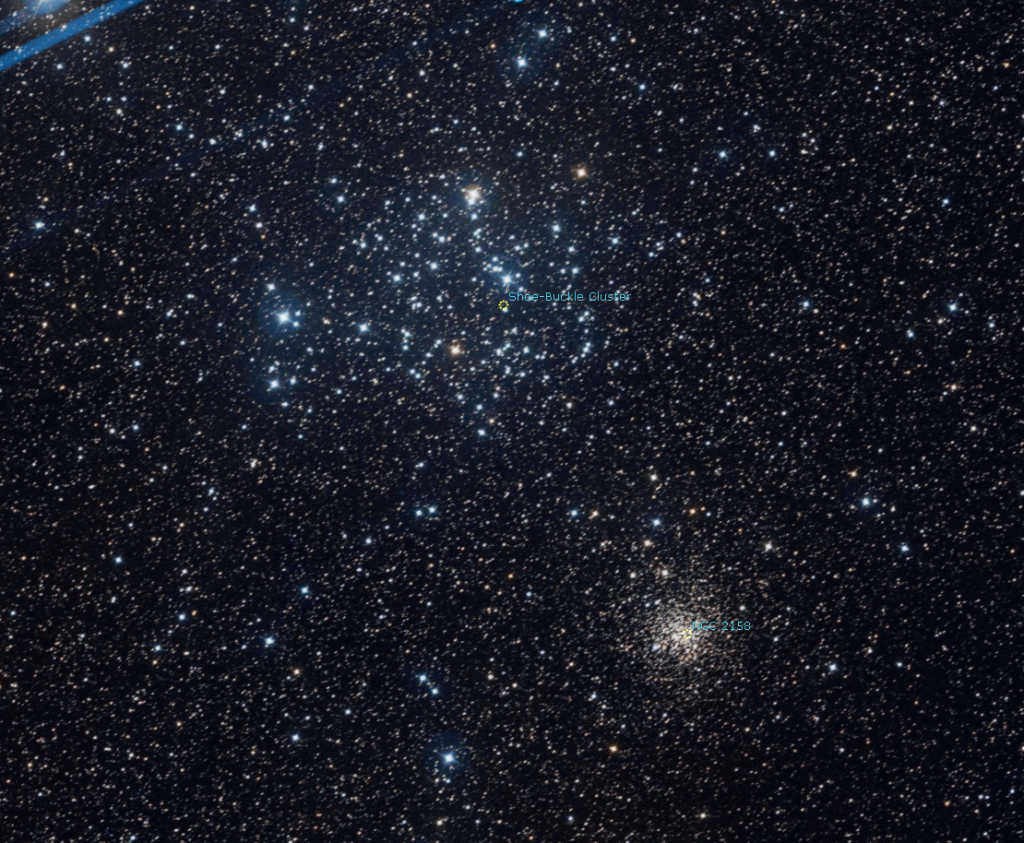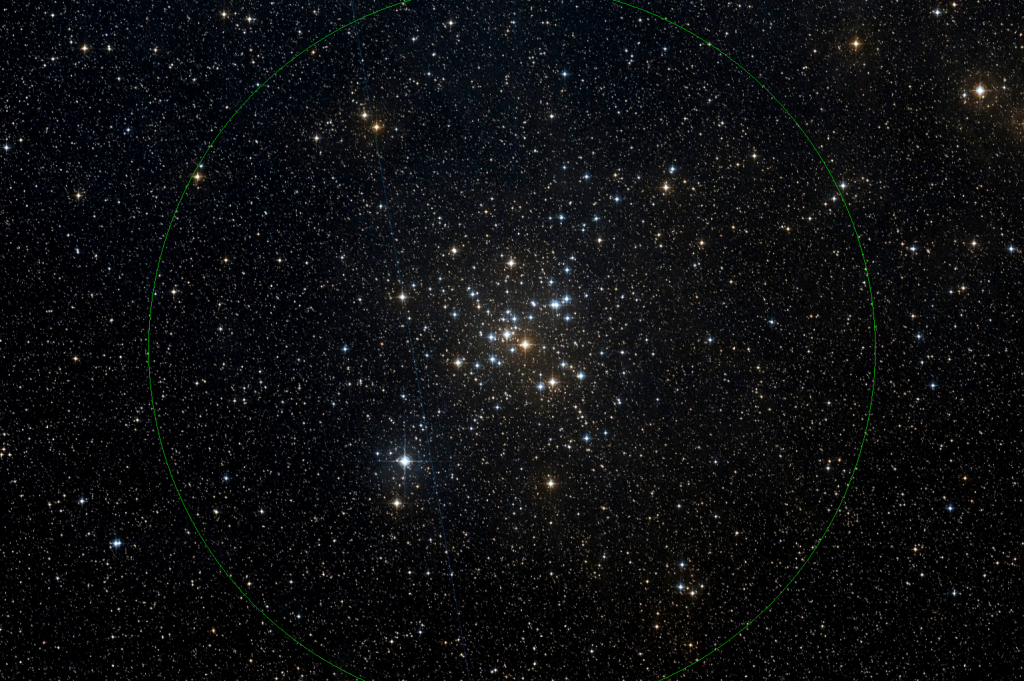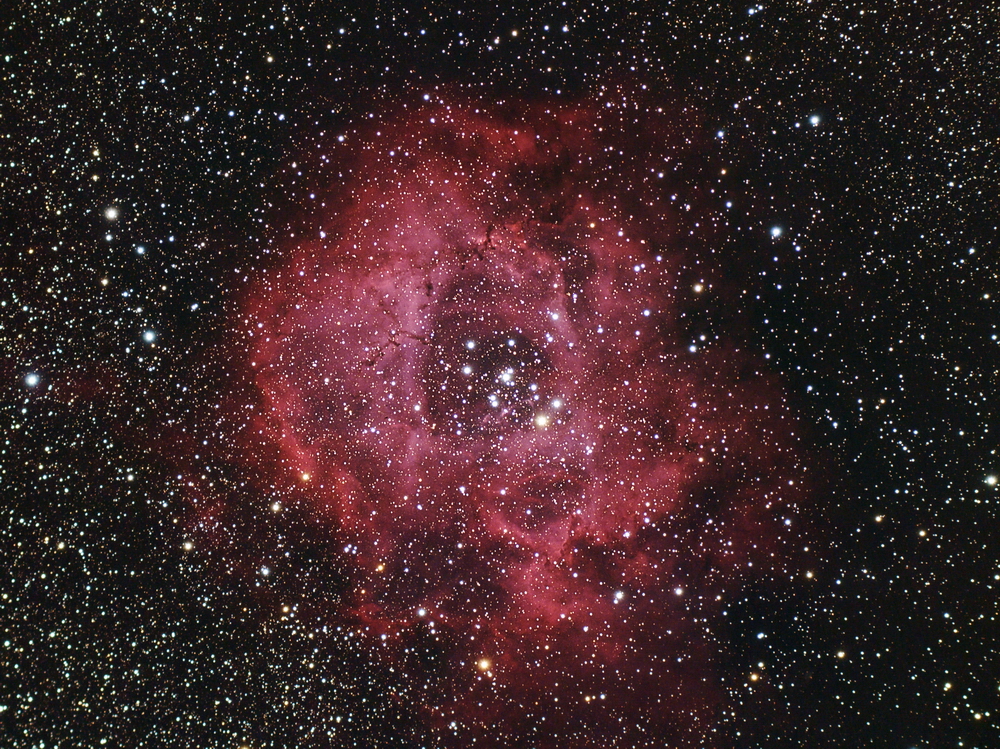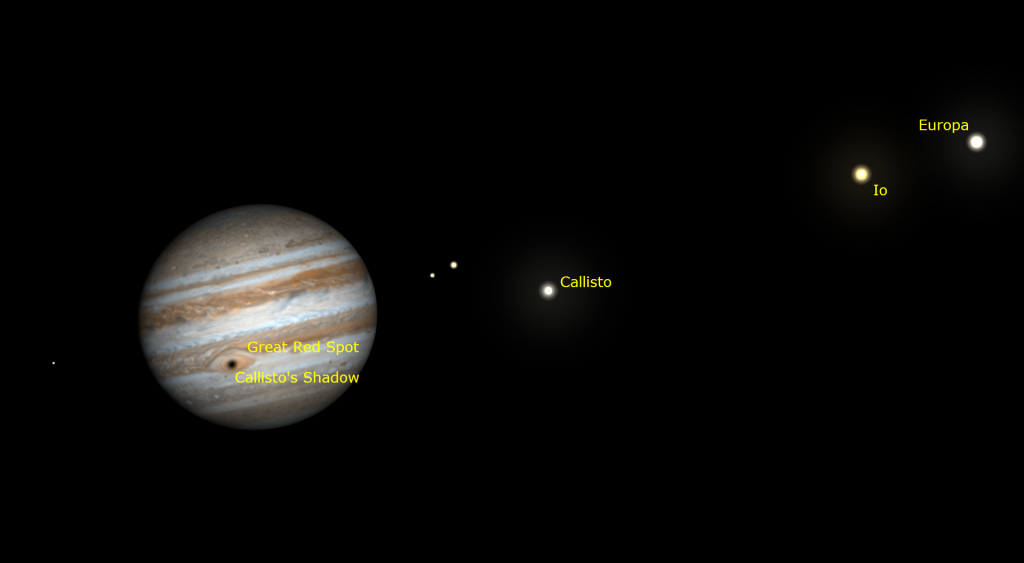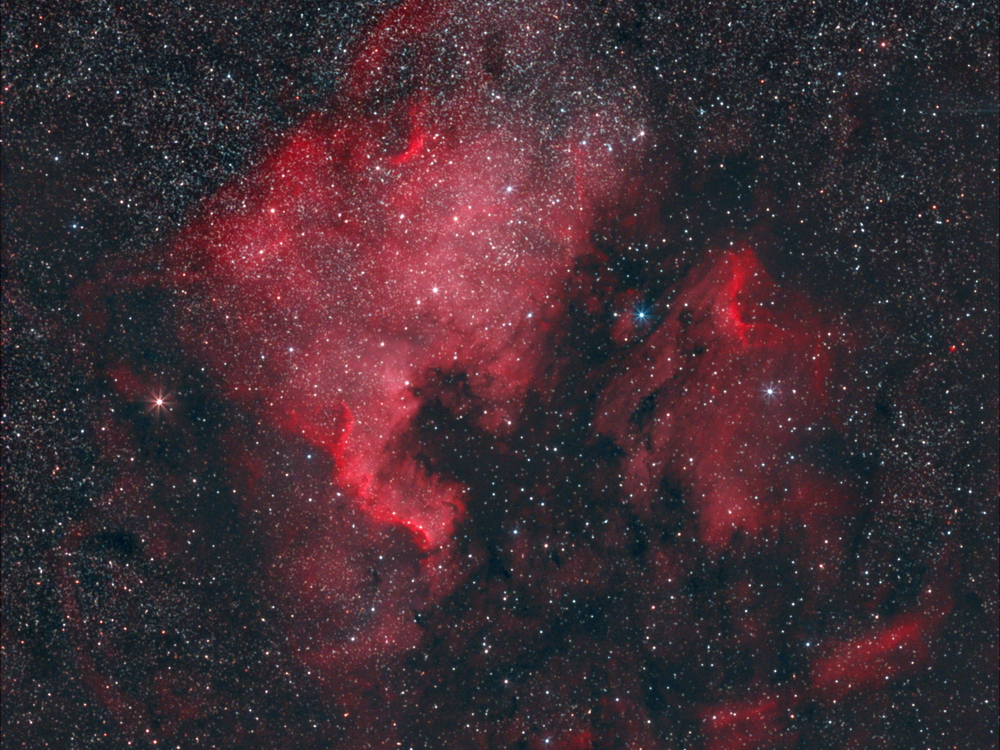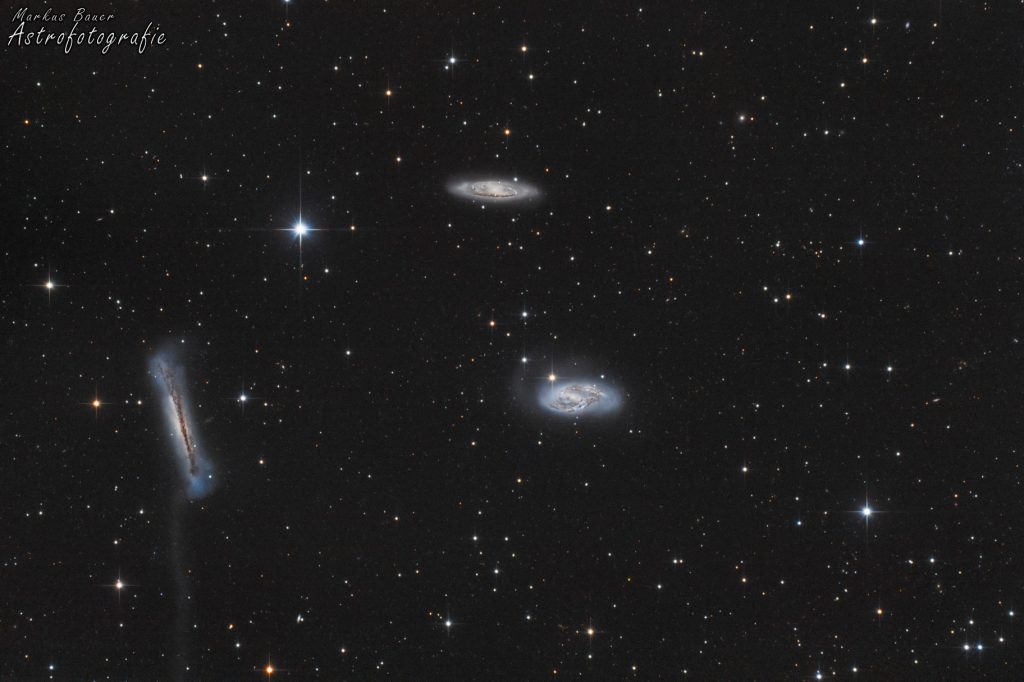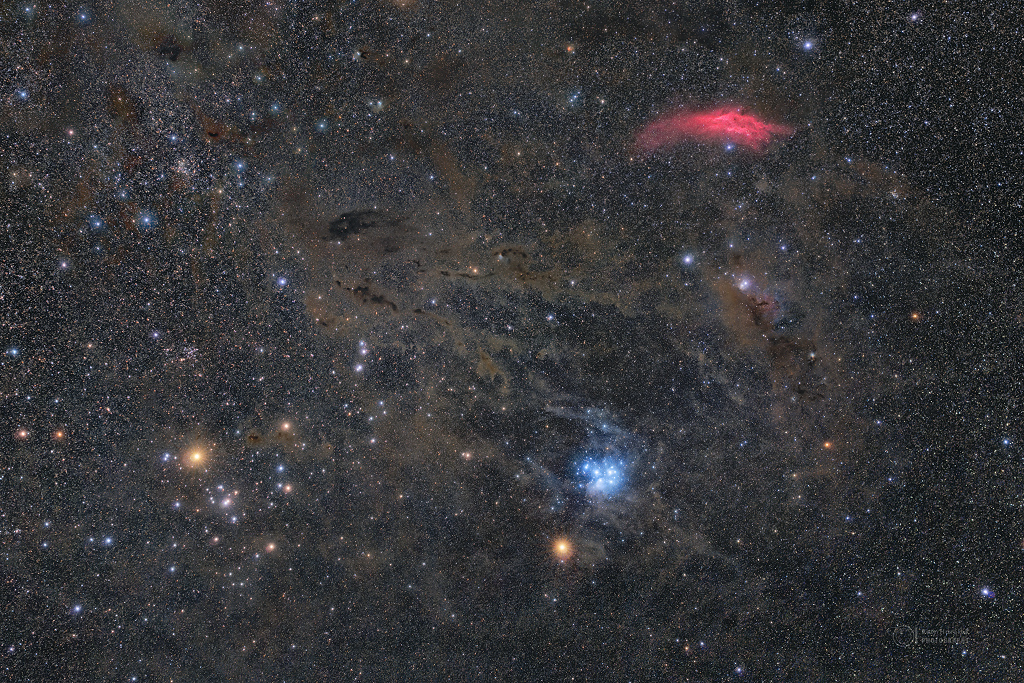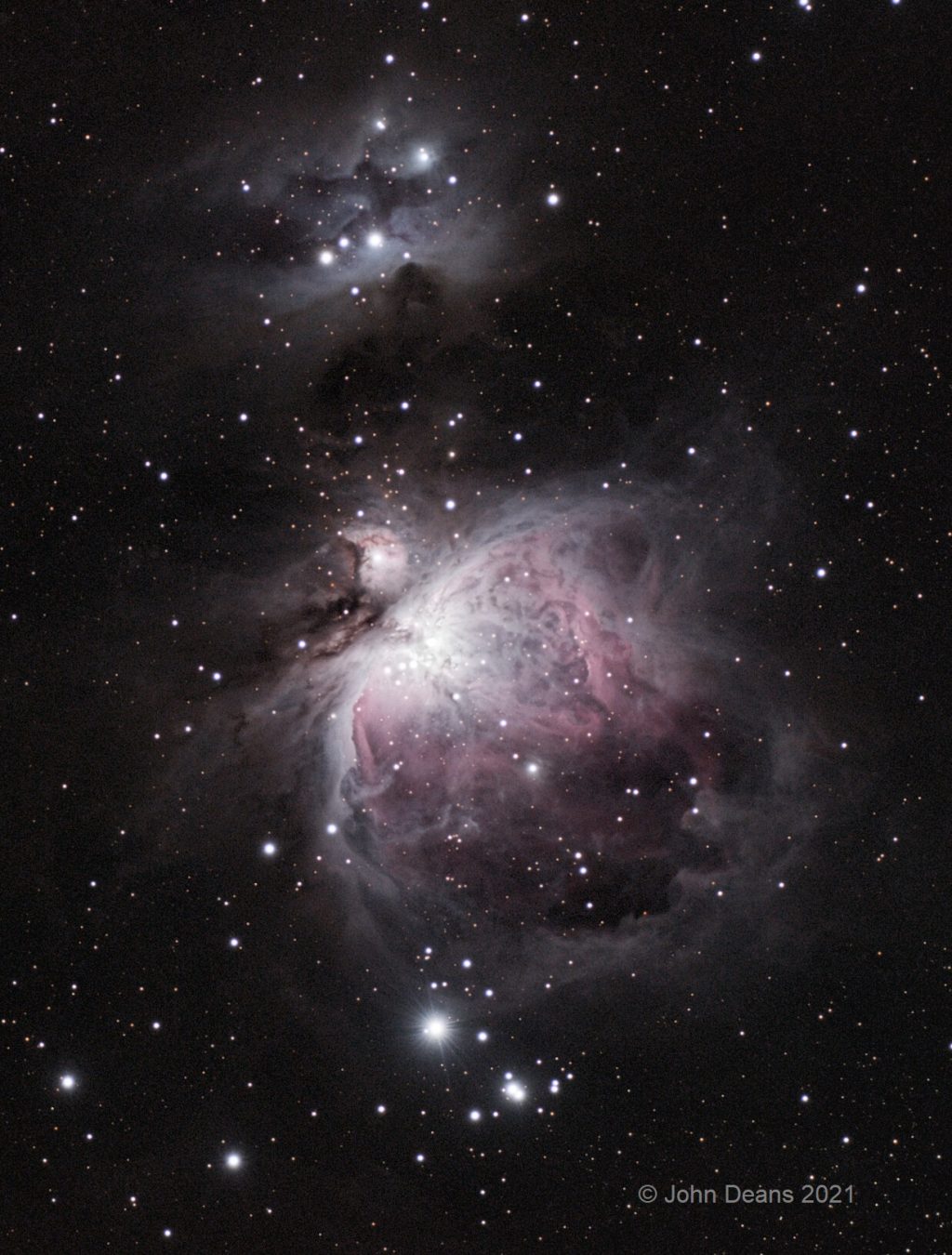The Thin Morning Moon’s Visit With Pretty Planets Lets Leo Lead Us to Spring Galaxies in Evening!
This terrific Wikipedia image by Hunter Wilson from March 28, 2008 shows the Leo Triplet of Galaxies, which is located south-southeast of the bright star Chertan in Leo. The photograph, with celestial north up and East toward left, covers 0.6 degrees of the sky left-to-right. The Hamburger Galaxy is at the top – do you…
Read more

